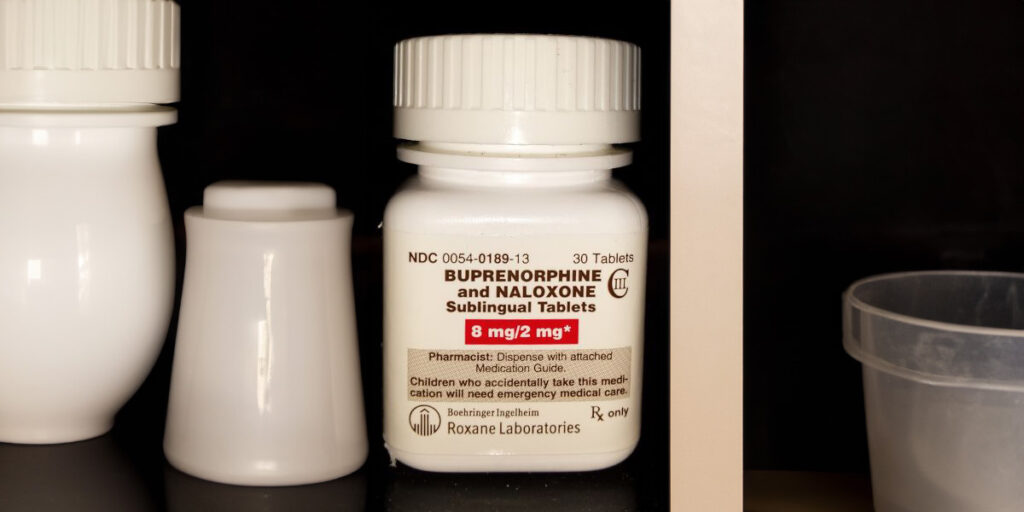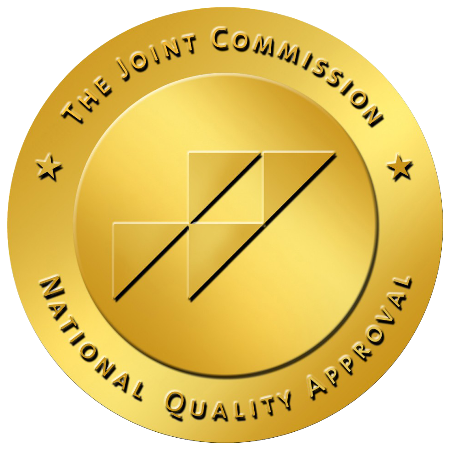How Do Medications Treat Opioid Addiction?

Opioid addiction, or opioid use disorder, is a severe and complex health issue that affects millions of people in the United States. This condition devastates the daily lives of those directly involved and impacts families and communities.
Treating opioid addiction effectively usually involves using different therapies to address both the physical and psychological aspects of the disorder. Among these strategies, medication-assisted treatment (MAT) has emerged as a critical component in managing opioid use disorder (OUD). This treatment uses approved drugs, counseling, and behavior therapy to help people with opioid addiction recover better.
What Is an Opioid Use Disorder?
Opioid use disorder (OUD) is a health condition where people abuse opioids compulsively despite negative effects. It means not being able to control opioid use.
It means wanting more opioids even when it harms health and life. People with OUD may require a higher dose of the drug to experience the desired effects. They may also experience withdrawal symptoms if they stop using the drug.
Withdrawal symptoms from opioid misuse can be severe and include nausea, vomiting, muscle pain, anxiety, and insomnia. These symptoms can make it hard for people to quit opioids on their own. This often leads to relapse without proper help and treatment.
OUD is identified using specific criteria outlined in the Diagnostic and Statistical Manual of Mental Disorders (DSM-5), a manual for diagnosing mental disorders.
These criteria show signs of a problem with opioid use, such as taking more than intended or struggling to cut down. It also includes spending a lot of time getting, using, or recovering from opioids. These signs must be present for at least two years to indicate significant impairment or distress.
OUD is a chronic, relapsing condition that requires long-term management. It is often linked with mental health issues like depression and anxiety, which can make treatment and recovery harder. The negative views on addiction can stop people from getting help. It’s important to treat OUD with kindness and proven methods.

Credit: Tmeers91
CC BY SA 3.0
What Is Medication-Assisted Treatment for Opioid Use Disorder (OUD)?
Medication-assisted treatment (MAT) is an evidence-based approach to treating opioid use disorder. MAT combines medications with counseling and behavioral therapies to provide a comprehensive treatment for OUD. This approach addresses the physiological and psychological aspects of addiction, helping people to reduce cravings, manage withdrawal symptoms, and regain control over their lives.
MAT helps improve treatment results, lower overdose risk, and enhance life quality for people with OUD. MAT uses medication as part of treatment for addiction, taking a holistic approach to address its complexity for recovery.
MAT uses the US Food and Drug Administration, or FDA-approved medications, to treat opioid use disorder. MAT uses FDA-approved medications to treat opioid use disorder.
These medications stabilize brain chemistry, block the pleasurable effects of prescription opioids, reduce cravings, and restore normal body functions. This is done without the harmful effects of the drug. The primary medications used in MAT are methadone, buprenorphine, and naltrexone.
The Importance of MAT in Treating OUD
MAT is crucial in treating OUD because it addresses both the physical and psychological aspects of addiction. Medications in MAT help with withdrawal symptoms and cravings, making it easier to stop using opioids. Therapies can assist with mental health problems by teaching coping skills and offering a support system for healing. You can also use them in conjunction with medication.
Research has consistently shown that MAT is more effective than behavioral treatment alone. It improves retention in treatment programs, reduces illicit opioid use, decreases criminal activity, and enhances social functioning. Additionally, MAT has been associated with lower risks of opioid overdose deaths, highlighting its role in improving patient survival.
Medications for Opioid Addiction
There are many FDA-approved medications for opioid use disorder that work well in treating opioid addiction. These medications include methadone, buprenorphine, and naltrexone. Each medication works differently, but they all share common goals. These goals include reducing cravings, preventing withdrawal symptoms, and blocking the effects of opioids.
Methadone
Methadone is a drug that helps with cravings and withdrawal symptoms. It works by acting on the same receptors in the brain as other opioids. Patients receive daily doses of methadone in a controlled medical setting. Doctors have used this medication for a long time to help people with alcohol and drug addiction, and it has been successful.
Methadone provides a consistent supply of opioids to the brain. This helps prevent the fluctuations that occur when using short-acting opioids like heroin. Methadone helps by maintaining a steady amount of opioids in the body. This prevents withdrawal symptoms and reduces the urge to use illegal drugs.
Buprenorphine
Buprenorphine is a medicine that can help with cravings and withdrawal without causing a high like other prescribed opioids. It can be prescribed by certified health care providers and taken at home, offering greater flexibility for patients. Buprenorphine is often combined with naloxone (as in Suboxone) to prevent misuse.
Buprenorphine is a partial agonist that activates opioid receptors in the brain. However, it does not activate them as strongly as full agonists like methadone or heroin. Buprenorphine is safer because it has a limit on its effects. This means that after a certain amount, the effects stop increasing, which lowers the risk factors of misuse, overdose, and side effects.
Naltrexone
Naltrexone is an opioid antagonist that counteracts the impacts of opioids by attaching to opioid receptors without triggering them. This medication is available in oral form or as a monthly injection (Vivitrol). Naltrexone effectively prevents relapse, but people must be fully detoxified from opioids before starting treatment.
Naltrexone helps prevent relapse for those who finished detox and want to stay off opioid medications. It is a useful choice. It stops the good feelings and sleepiness caused by opioids, making it harder for people to go back to using them.

Treat Opioid Use Disorder at Northridge Addiction Treatment Center
At Northridge Addiction Treatment Center, we know opioid addiction is complex. We offer personalized treatment programs to meet each person’s needs. Our approach includes medical detox, medication-assisted treatment, individual therapy, and support groups to provide a holistic and personalized path to recovery.
NATC provides a supportive and nurturing environment where people can focus on their recovery journey. Our doctors, therapists, and counselors collaborate to create personalized treatment plans for each patient’s specific needs.
Should you or a family member be battling opioid dependency, don’t hesitate to pursue help. Contact NATC today to learn more about our treatment programs and how we can support you on your journey to recovery. Recovery is possible, and we are here to help you every step of the way. Contact us today.
Find Meaningful Recovery
Our caring and compassionate specialists are eager to help you comfortably navigate this journey to recovery. Our individualized treatment plan, programs, and therapies may be a perfect match for you or your loved one. Let us assist you in living the happy life you deserve. It starts with a phone call.




